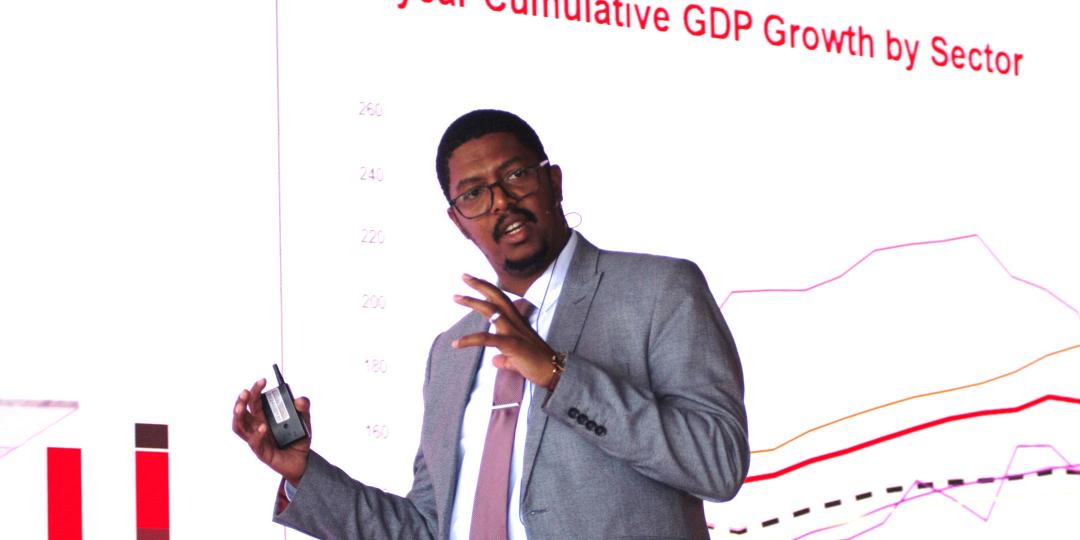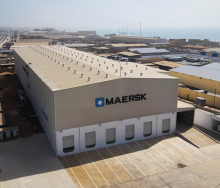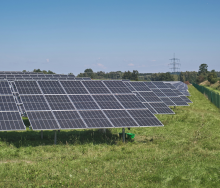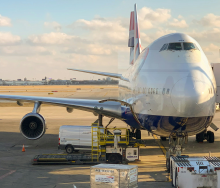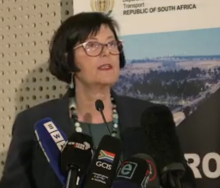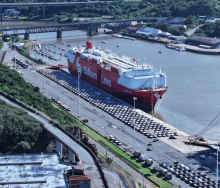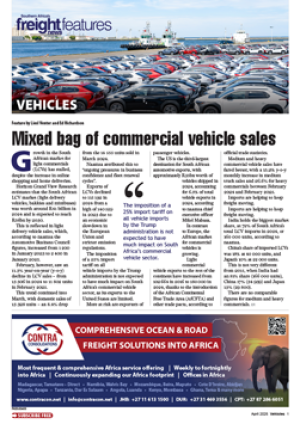The global economy will remain challenging going into the new year with the prospect of a worldwide recession not ruled out, Absa chief investment officer Ricardo Smith told a logistics gathering focusing on “Driving Change – the future of transport in South Africa.”
Citing various local and global socio-economic dynamics that have played out of the last few years, Smith, who heads up the bank’s division for Investments, Stockbrokers and Portfolio Management, said stagflation across the globe is probably the biggest threat to growth.
This combination of falling growth and rising inflation, he warned, could last for the next 12 months but could extend into the first half of 2025.
Smith said part of the reason why the global economy has underperformed is because the post-Covid recovery of China, the world’s biggest consumer of commodities, has been slower than expected.
He said although China’s GDP has grown at a rate of around 6% for the most part of the year, it is still less than the 7% that has been generally hoped for by markets dealing with China.
Smith added that the problem with stagflation is that policymakers generally have difficulty figuring out how to stimulate growth while simultaneously raining in inflation.
In the event of stagflation leading to a recession, he remarked that the good news is that policymakers usually know how to deal with what is regarded as a normal part of economic cycles.
“They usually have the necessary monetary and fiscal policies in place to steer the economy out of that cycle.”
To understand what is holding back global economic growth and how this affects integrated markets, Smith mentioned Brexit and the US-China trade war as pre-pandemic issues that have come back to plague global progress.
Against the backdrop of the conflict in Israel, he also mentioned Russia’s war on Ukraine and next year’s election in the United States, emphasising that “Americans don’t necessarily dislike Donald Trump.”
Dynamics that compounded this picture at local level were state capture, civil unrest in Kwa-Zulu Natal and Gauteng, and various other challenges South Africa’s logistics and supply chain sectors have to overcome on a daily basis.
